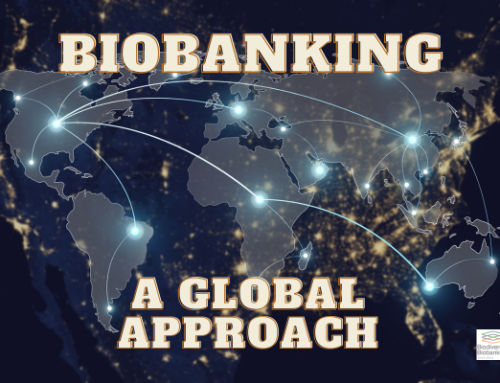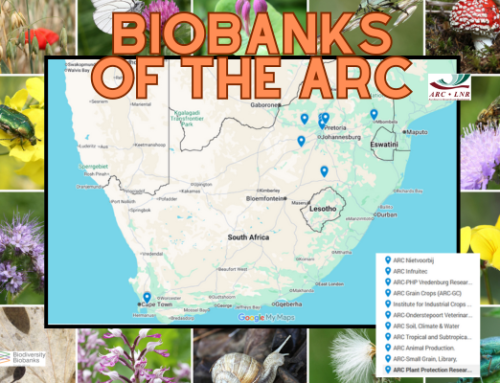Meet The Biobank: Grootfontein Biobank – Breeding Better Sheep (And Goats)
Most biobanks are staffed entirely by humans (for obvious reasons). But while the human team at Grootfontein Biobank for Sheep and Goats, does most of the actual work, there are several flocks of fluffy mammals sharing the area with them – and contributing vital data to the operation.
One of two Biodiversity Biobanks South Africa (BBSA) biobanks belonging to the Department of Agriculture, Land Reform and Rural Development (DALRRD), the Grootfontein Biobank is located at the Grootfontein Development Institute, near Middelburg in the Eastern Cape.
Other biobanks may only receive a single sample from a contributing organism, and that’s that – a snapshot out of a whole lifetime. But at Grootfontein, after an initial blood sample, animals contribute performance data for their whole productive lives – resulting in an understanding of genotypic and phenotypic variation that is almost unmatched.
Under the guidance of biobank manager, Dr Gretha Snyman, animal breeding and genetics specialist scientist, the biobank team collects and stores biological samples, develops and maintains a database of phenotypic and genomic data from resource and reference sheep and goat flocks, and provides both biological material and data to South African research institutions for genomic research purposes.
What for?
“Farmers are always interested in knowing how to breed better animals,” Dr Snyman explains. “We can help with that. And researchers are always interested in breeding experiments as well. But many of the studies we help with are basic research, and don’t have a direct practical application – yet. That’s important, too – and we’re happy to help.”
Currently there are 11 research and private flocks of six different sheep and goat breeds that are part of the biobank, with around 250 000 blood samples from 64 000 animals.
Here’s what they do with all that data.
Want to know more about what the Grootfontein Biobanks for Sheep & Goats is all about? Just watch this explanation by Dr Gretha Snyman. Or find out about the other BBSA partner institutions here. And while you’re at it, why not learn more about what biobanks are (and aren’t) all about?

What are biodiversity biobanks?
Biodiversity biobanks are repositories of biologically relevant resources, including reproductive tissues such as seeds, eggs and sperm, other tissues including blood, DNA extracts, microbial cultures (active and dormant), and environmental samples containing biological communities….






